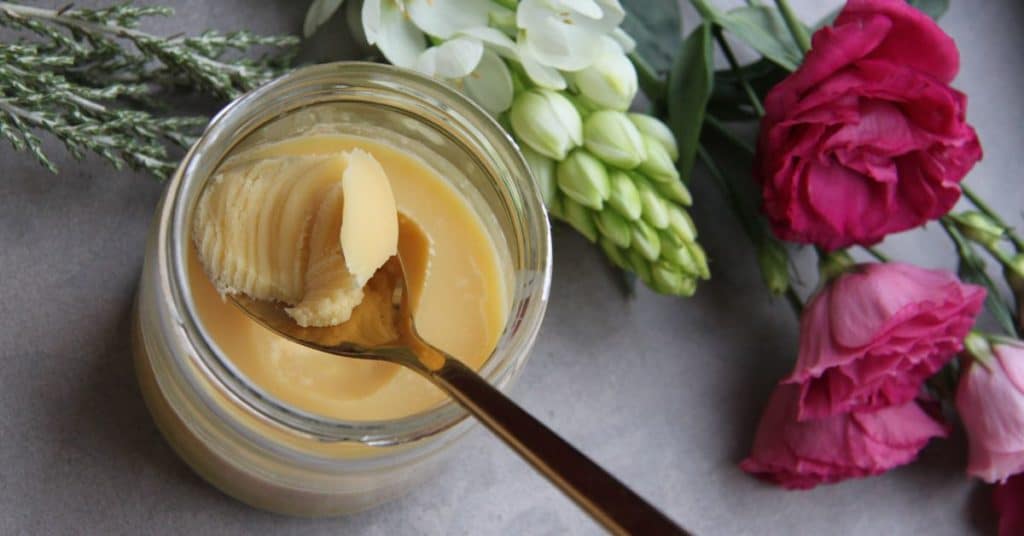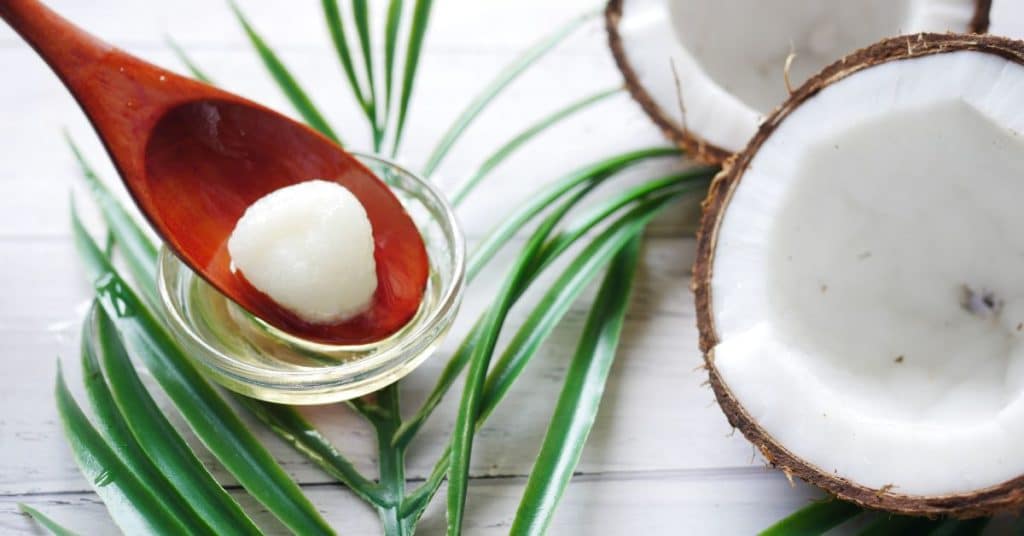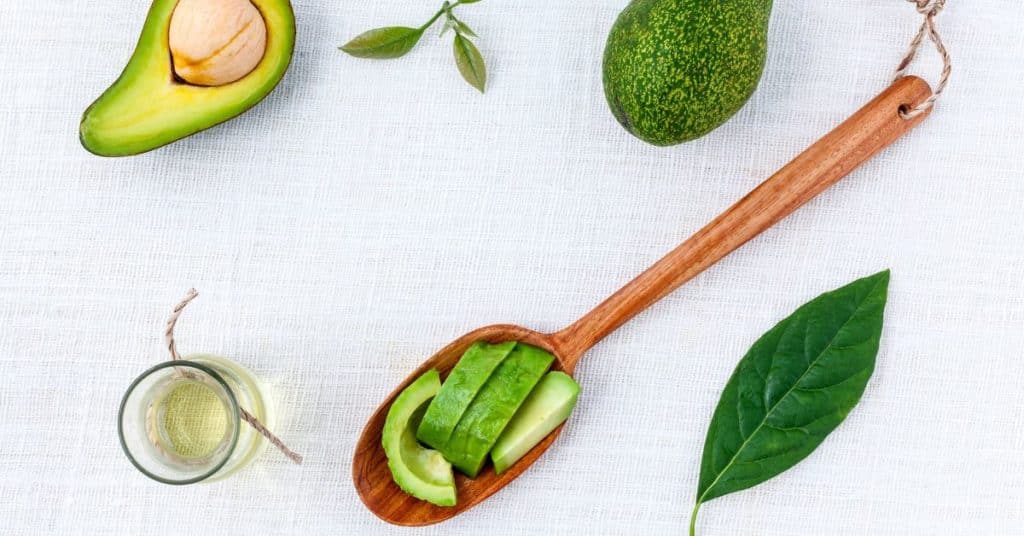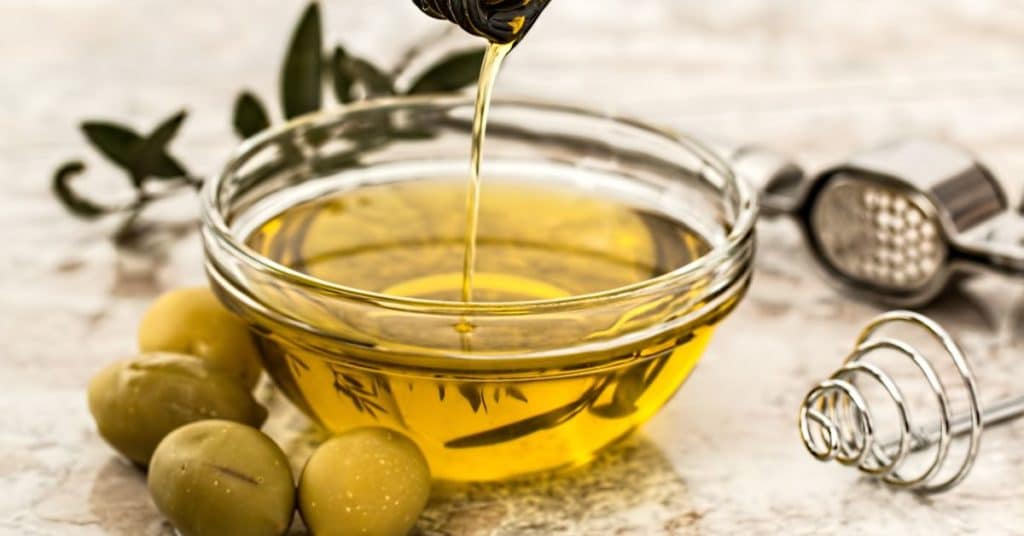“Get ready, set, bake!” This is my favorite line from the highly acclaimed tv series, “The Great British Bake Off.” Lucky for me the holiday season brings the release of a multitude of holiday baking shows. This genre is so popular that it is stealing thunder from romantic holiday Hallmark type movies. When these tv shows inspire you to dust off your pie pan or other favorite baking dish, keep in mind fat is the most integral baking ingredient. Grandma used lard but today there are many traditional as well as alternative options on the market. So what are the best butter alternatives for baking? What healthy fats can be substituted for butter? And when should you use them? Let’s take a look.

1. Ghee as a Butter Alternative for High Heat Baking or Cooking
Ghee is a favorite among those who need to maintain a lactose and casein free diet. It’s made from butter but the milk solids, water and impurities have been removed. This is a good substitute for traditional butter in all types of cooking. It has a high smoke point which means you can use it to fry, sauté, or bake. The other benefit is that it is loaded with nutrients, specifically, fatty acids like omegas 3 and 9, fat soluble vitamins (A, D, E and K) as well as butyric acid. Butyric acid supports the health of the intestinal cells.
Here is the type of ghee that I keep in my pantry: Ancient Organics 100% Organic Ghee.
A close runner up is: Organic Valley Organic Ghee.
Both of these brands provide a subtle nutty flavor that blends well with any ingredient or cooking application.

2. Coconut Oil’s Low Temperature Fat Best Used for Sweet Treats
Coconut oil has evolved as a go-to for all things health related. Books have been written about this single ingredient as a cure all. While I may not use it in all its touted applications, I definitely incorporate it into my daily cooking routine. Coconut oil is an acquired taste. I find that its natural flavor is best for baking. The natural sweetness of desserts compliments the aroma and flavor of this fat. This is important because my preferred type of coconut oil has the most intense aroma and flavor compared to its processed counterparts.
It may be overwhelming to select a coconut oil due to the wide array of options on the grocery store shelf. It is best to stick to unrefined or virgin coconut oils because this limits the use of chemicals and other additives in the production process. If refined coconut oil is the only option, purchase an organic variety to limit contaminants. Unlike ghee, unrefined coconut oil is best used in lower temperature cooking conditions under 350F. Most baking recipes meet this standard. Unlike other fats, extra virgin and virgin are the same when it comes to coconut oil. Organic versus non-organic is not a necessary classification for the unrefined brands because the pesticides do not impact the meat of the coconut. If your purchasing ready to eat foods, avoid hydrogenated forms of coconut oil. This type of coconut oil includes trans fats.
Here is the type of coconut oil that I keep in my pantry: Dr. Bonner’s Coconut Oil.
A close runner up is: Nutiva Organic Virgin Coconut Oil.

3. Avocado Oil’s Mild Flavor Works Well as a Butter Alternative
Avocado oil is often compared to olive oil because of its similar fat content of monounsaturated fats. These are the heart healthy fats. Unlike olive oil, this type of fat has a significantly higher smoke point of 520F. This makes it a good fat source for grilling. However, it can also be used as a butter alternative in baking. I like to use it in baked dishes that benefit from a milder flavor fat. For example, chocolate pairs well with the strong flavor of coconut oil while a bread or cake may benefit from the less intense flavor of avocado oil. And, you can feel good about the anti-inflammatory benefits of this fat while indulging in a sweet treat.
Here is the type of avocado oil that I keep in my pantry: Primal Kitchen California Extra Virgin Avocado Oil.

4. Sesame Oil Can Be Savory or Sweet (Especially When Paired with Citrus or Dairy!)
Sesame oil is a staple in my house. It is most often used while sauteing vegetables or enhancing steamed rice. However, this oil does not need to be limited to savory dishes. In fact, some argue that it can be used to replace any vegetable oil of your favorite cake or baked good recipe. There is even a dessert called, Sesame Oil Cake, that uses sesame oil as its main fat source. This dessert is a success because the oil is paired with citrus and full fat dairy products.
Full disclosure: I have not ventured into using sesame oil as my go-to baking fat, but I thought it worth mentioning due to its hearth health fat properties. The key is to avoid the dark sesame oils which have a stronger flavor and are best used in savory dishes. If you are adventurous, try a light sesame oil and let me know if this becomes your favorite baking fat. If not, you can at least try making the Sesame Oil Cake and diversify your fat intake.
Here is the type of sesame oil that I keep in my pantry: Napa Valley Naturals Cold Pressed Sesame Oil.
A close runner up is: Flora Certified Organic Sesame Oil.

5. Olive Oil Can Be Your Go-To for Baking Bread
Biscotti, anyone? Olive oil is usually associated with salad dressings and other sauces. However, olive oil can also be used in baking. It can be substituted for any other liquid fat like a vegetable oil. Bread recipes are your best bet when using olive oil. Have you ever heard of lemon olive oil cake? This classic recipe is the perfect example of how this fat can produce a satisfying and healthy dessert. Before you jump into using olive oil as your baking fat, let’s make sure you choose the right type of olive oil. The key is to purchase an extra virgin olive oil. This variety will bake well up until 375-420F and is less refined than other olive oils. It is rich in polyphenols and has a multitude of anti-inflammatory benefits. To make sure that the olive oil will maintain its nutrient density, purchase olive oil in dark containers and store in a cool, dark place.
Here is the type of olive oil that I keep in my pantry: California Olive Ranch Extra Virgin Olive Oil.
My latest baking find is: Claudio Vignoli Extra Virgin Olive Oil.
Note: If you purchase extra virgin olive oil in plastic containers, I recommend transitioning them to dark glass containers.
Final Words on Choosing Healthy Butter Alternatives for Baking or Cooking
No matter the type of fats you choose as your go-to butter alternatives for baking or cooking, it is important to comply with the type of fat recommended for the recipe. For example, if it calls for a solid fat, use a fat that is solid at room temperature (i.e. ghee or coconut oil). If it calls for a liquid fat, use a fat that is liquid at room temperature (i.e. olive oil, avocado oil, sesame oil). This will effect the ultimate function of the fat which is to provide moisture, flavor and favorable texture to the dessert.
If you need assistance finding healthy alternatives for improved health and lifestyle, contact me.

